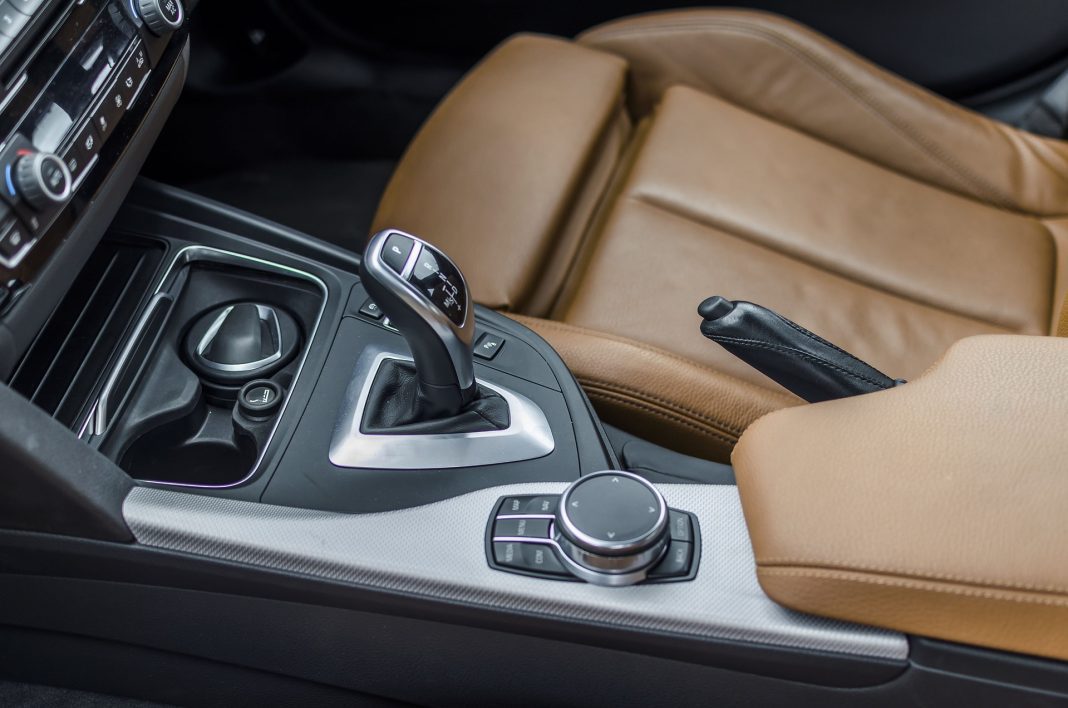New research by temporary car insurance experts Dayinsure suggests that most motorists will drive automatic cars in the near future.
Their study found that the number of UK drivers with automatic-only licences has risen by 25% since 2019, while the number of licence holders who can drive any car is only up by 0.6%.
In this article, we’ll explore the factors influencing this change, as well as those standing in its way.
- Manual cars are being phased out
Like many other countries participating in COP26, the UK government set goals to scrap all petrol and diesel cars by 2040 – a change that, if successful, will make learning to drive manual redundant.
Already, learner drivers are being told they shouldn’t bother learning how to change gears. And since learning to drive manual cars also comes with certain challenges, more and more learner drivers are heeding that advice.
- It’s simpler to learn to drive automatic
To a beginner, changing gears is a distraction that makes it more difficult for them to navigate the other challenges of driving. This fact, in combination with the greater tendency of manual cars to stall, can have an impact on learners’ confidence – and in some cases even put them of learning to drive.
And while learning to drive a manually isn’t impossible, given that fuel-based vehicles won’t be on the road in two decades’ time, and there’s a simper option available, many learner drivers are asking themselves, “Why make life harder than it needs to be?”
Automatic cars are much more accessible to learner drivers. With no gears to change, learners are better able to focus their attention on other driving tasks such as moderating speed and road position. They’re also less likely to stall – meaning it’s easier for learners to stay the course.
- Opportunity for automatic learner drivers is low
In some areas of the UK, pass rates for automatic driving tests are higher than those of manual tests – typically the areas with the highest pass rates overall.
This includes Bridlington in East Yorkshire with an automatic pass rate of 72.7%, the fourth highest in the UK – behind Pwllheli (80%), Hexham (75%), and Abroath (73.7%).
These pass rates are particularly impressive given the disproportionately low number of automatic driving instructors available. As part of their research, Dayinsure searched through Yell.com listings and found that only 8% of UK instructors teach in automatic vehicles.
No doubt partly thanks to this, the total average UK pass rate for automatic driving tests is 8% lower than that for manual driving tests.
- Changes need to be made
If the automatic cars are going to be the future of driving, more driving instructors will be needed to support this transition. Although driving automatic is simpler, learners will require training and will continue to struggle to pass their driving tests if that training isn’t properly available.
With this in mind, the government should incentivise instructors to teach automatic driving, as well as make the prices of electric vehicles more accessible to working class people.
Without a doubt, there are still changes needed so that the UK can better embrace the future of driving. Fortunately, there’s plenty of time to make them.






